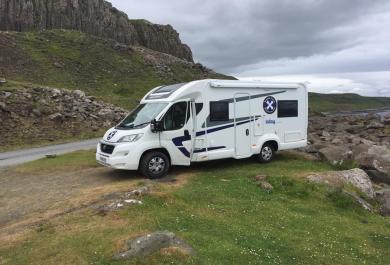
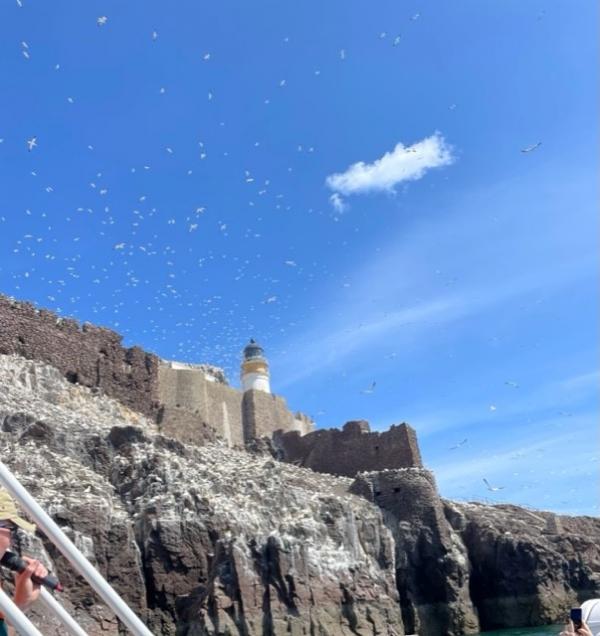
Lighthouses around Scotland’s Coast
by Scottish Tourer
September 09, 2022
When travelling around Scotland in the motorhome it’s interesting that you notice some similarities in the buildings and the landmarks such as lighthouses, this led me to visit the lighthouse museum at Fraserburgh and learn a bit more about the purpose of a lighthouse and the Stevenson family and the role of the national lighthouse Board.
.png)
Why do we need lighthouses?
The purpose of a lighthouse is to warn boats at sea of hazardous and dangerous areas plus they are used as a tool of navigation, back in the 1800’s there was not inbuilt technology on board boats like there is today, so that why you will find each lighthouse you visit is unique in its design and the lamp itself omits a different light sequence allowing those at sea to identify their location using the lighthouse itself.
.png)
.png)
Who looks after the lighthouses?
Most lighthouses remained manned up until the 1980/1900’s, in 1998 Fair Isle South Lighthouse became the last Scottish lighthouse to be automated. Lighthouse keepers had the responsibility to keep the light and fog signal in perfect working order. At night they would take it in turns to keep watch in the lightroom to make sure the light was in perfect working order, during the day they would clean the reflectors and keep the premises clean and tidy. It was a lonely job and they moved from lighthouse to lighthouse, some stations were more isolated than others and often could not accommodate their family – so wives and children could not accompany them, the generally spent 4 weeks on duty then had 4 weeks off duty.
.png)
Lighthouses are now automated and it’s the National Lighthouse Board that own and maintain the lighthouses around the Scottish Coastline, it’s their job to ensure that the lighthouses are continuing to support those at sea.
Stevenson lighthouses
The Stevenson family are renowned for their lighthouses designs in Scotland, three generations of their family have designed and built 82 lighthouses around the Scottish coastline between 1791 and 1937.
Where can you find the stevensons lighthouses:-
Fraserburgh
Scotland’s first light house is Kinnaird Head at Fraserburgh, built in 1787 by the newly formed National Lighthouse Board. Kinnaird Head interestingly was originally a castle, and the lighthouse was retrofitted inside it. This was one of the light keepers’ favourites to be placed on duty they had access to the beach and had the availability of the harbour village for any provisions they may have wanted.
.png)
Neist Point
On the Isle of Skye, you will find Neist point lighthouse – one of Scotland most famous lighthouses, designed and by Alan Stevenson the lamp was first lit on the 1st of November 1909. Situated on Neist point the most westerly tip of Skye – you can park and walk down a mile or so down to the lighthouse if you look you should be able to see the ariel rope that was used to get supplies to the lighthouse. The lighthouse is in a great location off in the distance you can see over to the Outer Hebrides but keep an eye out for mink whales, dolphins, and sea birds.
.png)
.png)
Butt of Lewis
On the Isle of Lewis, you will find the unusual Butt of Lewis Lighthouse – unusual because of the red brick construction, this lighthouse is not painted, it was designed and built in 1862 by David and Thomas Stevenson. This was one of the last lighthouses to be automated in 1998, it stands over 37 meters high in the winter with the storms the spray from the water can reach up over the top.
.png)
Dunnet Head lighthouse
Standing at the most norther point of the Scottish mainland the Dunnet Head Lighthouse stands on the 300-foot cliffs, the lighthouse was built in 1831 by Robert Stevenson and automated in 1989. Enjoying views over to Orkney, you can walk along the cliff top and look for puffins and other sea birds but don’t forget to keep an eye on the water for passing whales.
.png)
Cape Wrath Lighthouse
Located at the most north westerly tip of Mainland Scotland near Durness, Robert Stevenson built the Cape Wrath lighthouse in 1828 it stands 122 meters above sea level. Cape Wrath lighthouse is challenging to reach you need to take the cape wrath ferry over the Kyle but this is not suitable for vehicles it’s for foot passengers only but there is the option to take a bus tour and visit Cape wrath that way.
Bell Rock
Is situated off the coast of Arbroath on the east coast of Scotland, Bell Rock is the one of the world’s oldest sea washed lighthouse’s, she stands 35 meters high in the north sea itself on the rock known as bell rock. There is many a shipwreck lying beneath her as before she was built in 1807/1810 by Robert Stevenson there was no way of seeing the rock that lies just below the surface of the water at low tide and many a ship was caught out.
.png)
Stoer lighthouse
Built in 1870 by david and Thomas Stevenson in 1870 the lighthouse protects ships around the west coast near Lochinvar, the lighthouse is now an air B&B, and you can stay here. The lighthouse is only 14 meters high but stands 54 meters above sea level. There is a fabulous walk along the cliffs to the old man of Stoer - a great walk if you’re visiting the lighthous
.png)
Bass Rock Lighthouse
Situated in the firth of forth near North Berwick this is a small Island standing 106 meters above sea level and approximately a mile long, it is an important nesting ground for sea birds and its been nicknamed the iceberg! It was decided in 1901 this little island was going to be a hazard to boats, David Stevenson built the lighthouse here in 1902 and in 1988 was automated with the last lightkeeper leaving around this time., you can take boat trip to visit Bass Rock and see the lighthouse, the remains of the chapel and the thousands of gannets who call this home.
.png)
Queensferry Harbour Light Tower
This is the world’s smallest light tower and has the most amazing view of the Forth road rail bridge, there is only 24 steps to the top – this was built by Robert Stevenson in 1817 it played an important role in guiding boats across the” Queensferry passage” across the Forth, you can visit and climb the stairs to the lamp.
.png)
These are only a few of the lighthouses I have visited when out with the motorhome, it’s fascinating when you think of the history and the support these lighthouses have offered the ships and boats around our coast. The beauty of the motorhome is you can stop and visit the lighthouse as you move round the coast each is very different in its own unique way. You can’t help but think of how difficult life must have been for the lightkeepers in some of these wild and remote destination.
← Driving an RV in scotland How to Stay Cool in a Motorhome →
 Call Us
Call Us Email Us
Email Us Add to Contacts
Add to Contacts Latest Review
Latest Review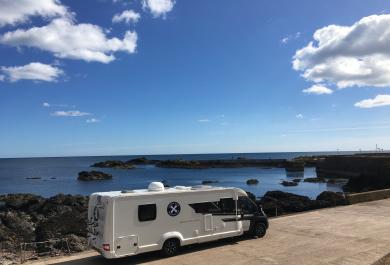


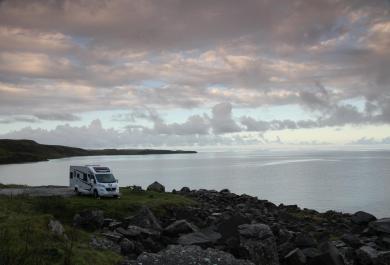
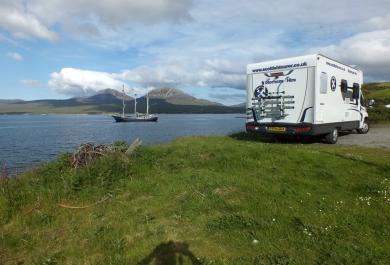
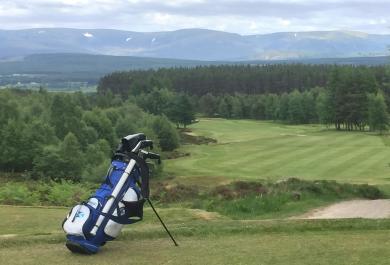
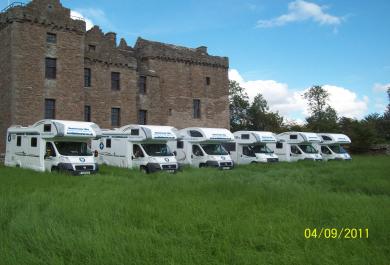
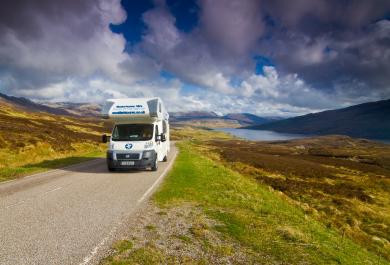
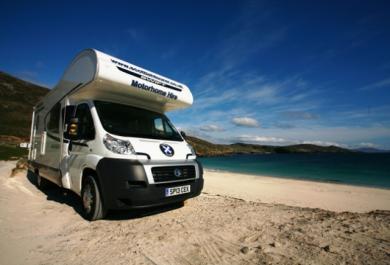
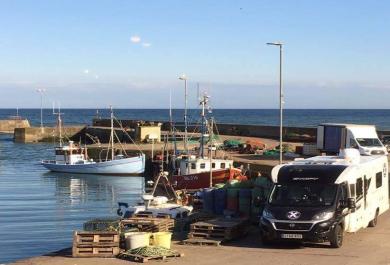
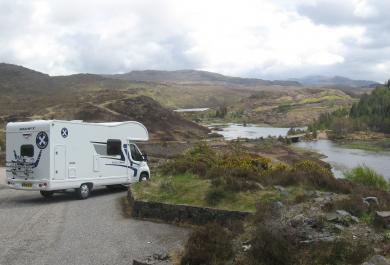
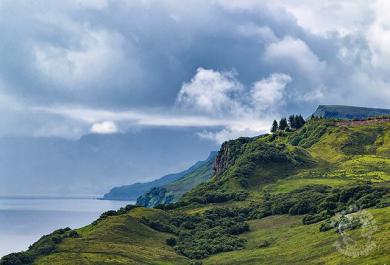
 - Copy.JPG)
